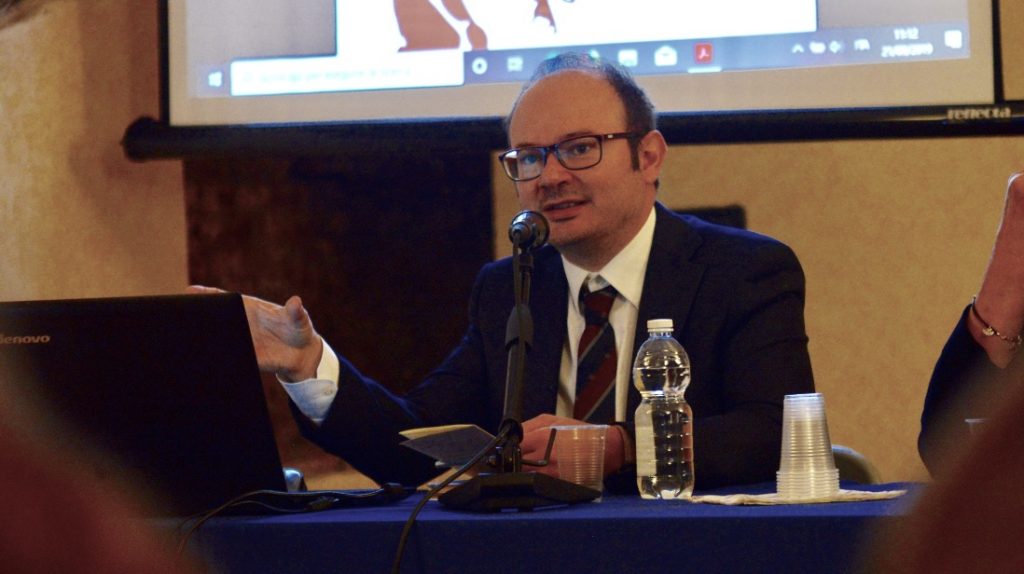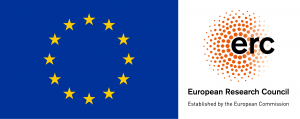#SemioPills 8: Francesco Galofaro

Francesco Galofaro joined NeMoSanctI as an expert in semiotic analysis. Within the project, he carries a semiotic study of process of canonization and hagiographic texts issued by the Catholic Church. He is currently focusing on Saint Pio of Pietrelcina.
Francesco Galofaro is a semiotician. He graduated in Communication Studies (MA) and holds a Ph.D. in Semiotics from the University of Bologna. His research focuses on ethnosemiotics, epistemology, Information Retrieval, and Morphodynamics, with particular regard to litanic structures.
He single-authored the books Eluana Englaro (Meltemi, 2009), dedicated to the political, scientific, and ethic debate on euthanasia, and Dopo Gerico. I nuovispazi della psichiatria (After Jericho: the new psychiatric spaces, Esculapio, 2015), an ethnosemiotic analysis on psychiatric service design. He co-edited the books Morphogenesis and Individuation (with F. Montanari and A. Sarti, Springer, 2014) dedicated to Gilbert Simondon, and Il senso della tecnica. Saggi su Bachelard (The meaning of technology: essays on Bachelard, Esculapio, 2017, with Paola Donatiello and Gerardo Ienna).
Here you can find the questions we asked Francesco:
- Did the pandemic change the relation between people and faith?
- Will the virus lead Catholic church to innovate, trying to meet the restlessness of so many worshippers?
- Will the triumph of technology endanger the social and community dimension of religious ethics?
You can find his answers in the following video.

